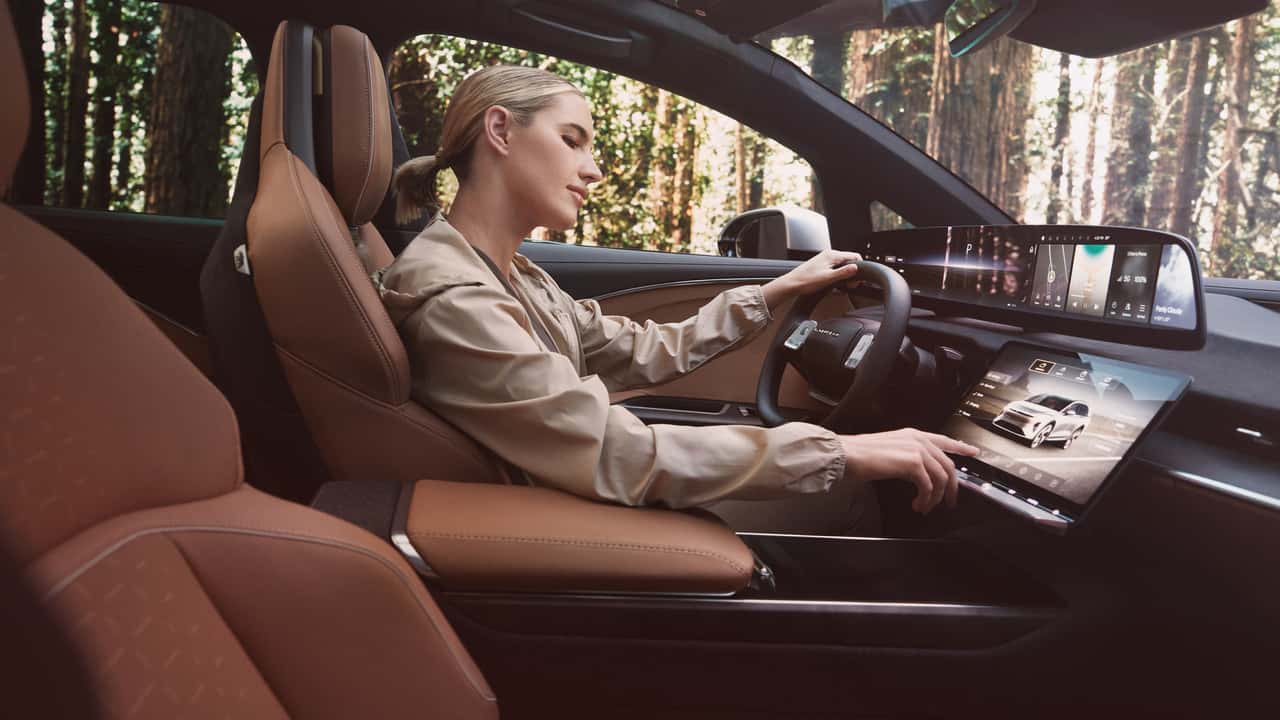Tesla fans are divided by the automaker’s controversial steering “yoke,” which swaps out the conventional wheel for a rectangle that’s more akin to what you’d find in an airplane’s cockpit or a Formula One race car. Some buyers see it as yet another stroke of genius from Elon Musk. Others think it makes driving more cumbersome with little upside.
Up-and-coming Tesla rival Lucid Motors, for its part, isn’t convinced. The California-based EV startup considered adding a yoke to its upcoming Gravity SUV but had too many concerns about operability, Derek Jenkins, the firm’s Senior Vice President of Design and Brand, told me at an event previewing the new model earlier this month.
“We just felt it was a compromise we weren’t willing to make,” he said.

Unveiled at November’s Los Angeles Auto Show, the Gravity is a futuristic, three-row family-hauler with an impressive projected range of 440-plus miles. It will start at under $80,000 and go on sale in late 2024. Lucid’s second model after the Air sedan, the Gravity will give the fledgling startup a foothold in the huge and lucrative US SUV market. And Lucid determined that market isn’t ready to embrace the yoke.
After considering some 30 steering-wheel shapes, Lucid landed on what Jenkins described as a “squircle.” The unusual design gives drivers an unobstructed view of the sprawling screen situated just behind the Gravity’s steering wheel — that was Lucid’s main goal here — without overcomplicating the driving experience. In most cars, like Lucid’s Air, the steering wheel blocks at least part of whatever display or gauges lie behind it.
Gallery: 2025 Lucid Gravity

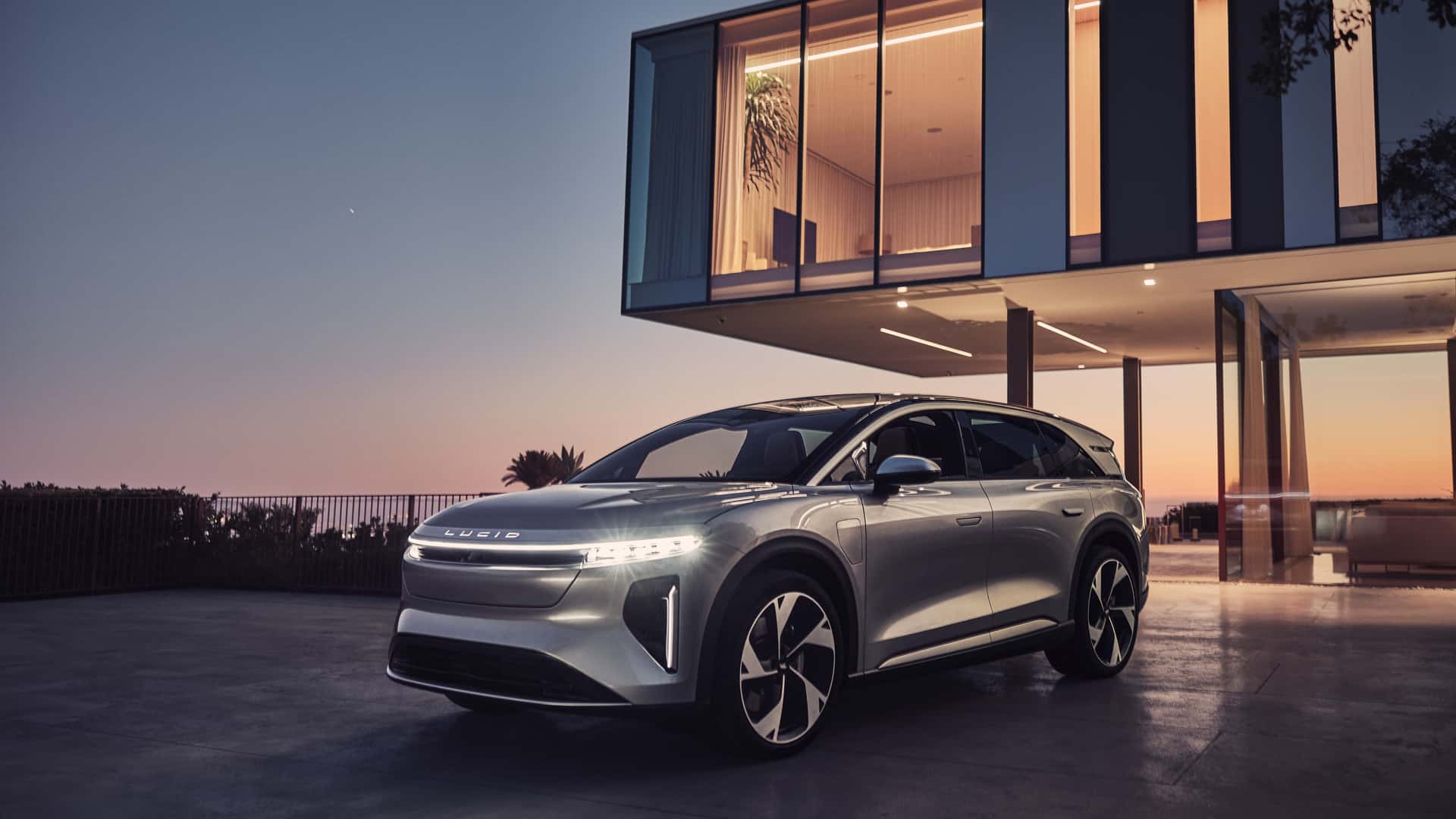
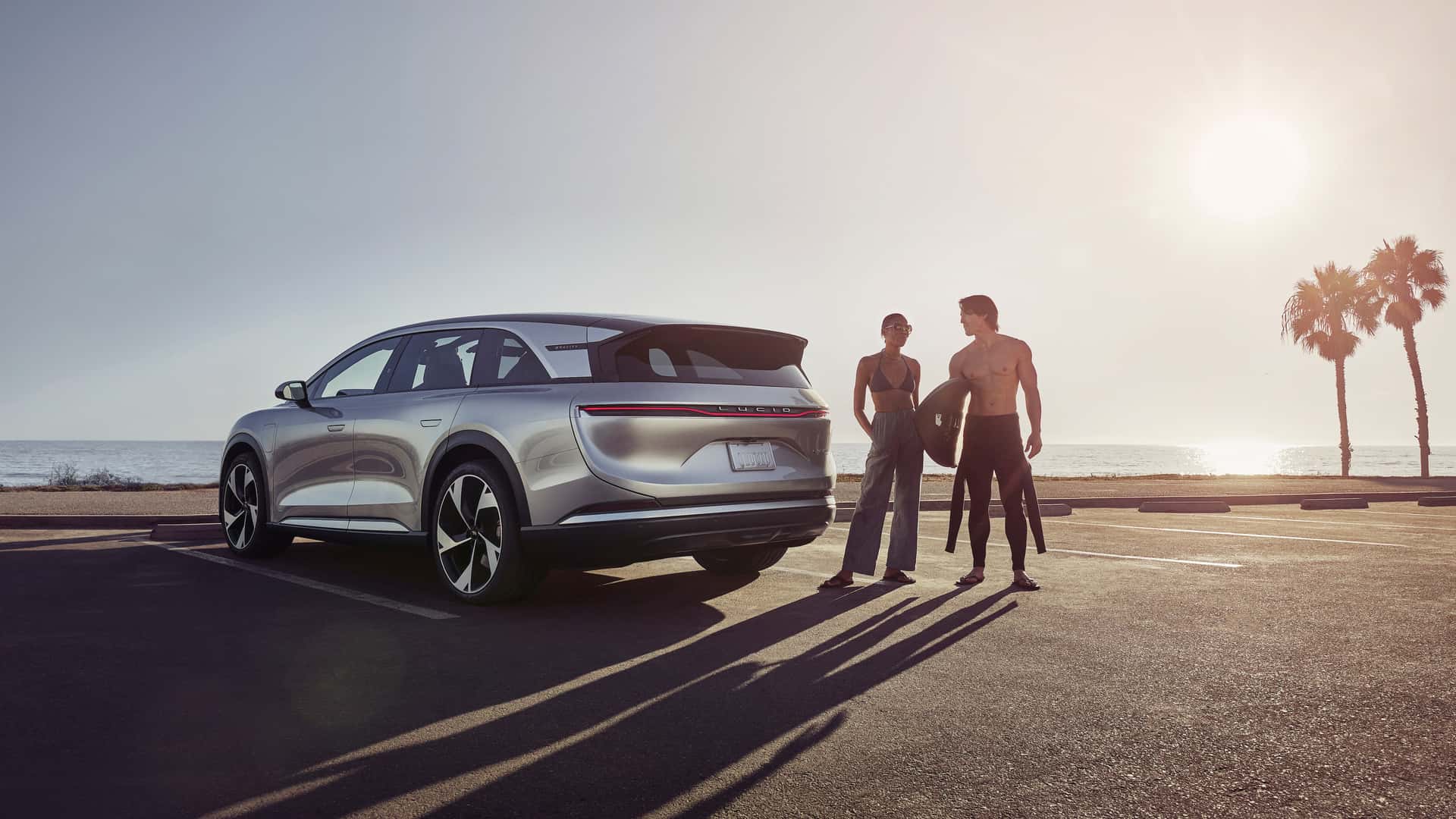

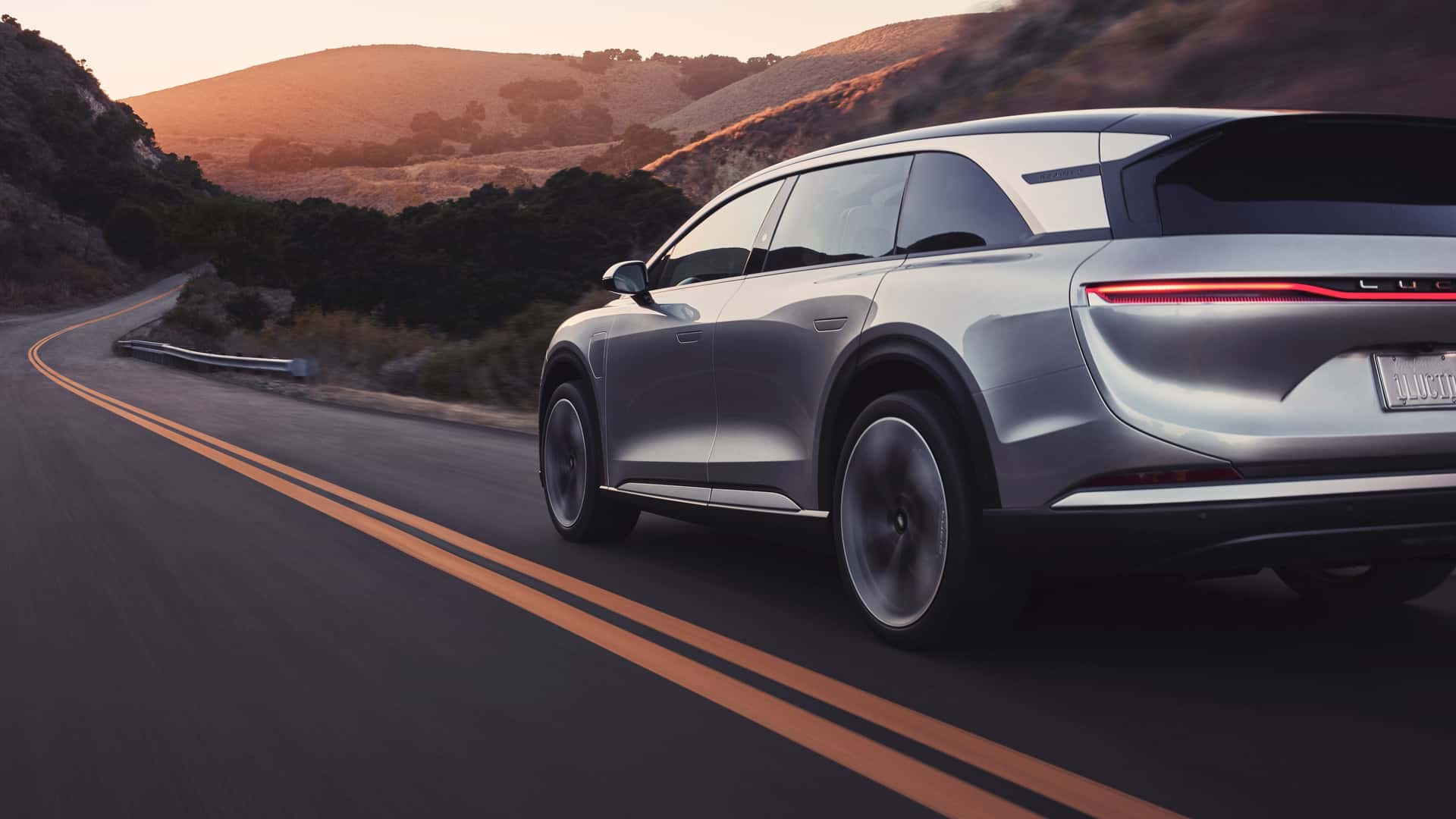
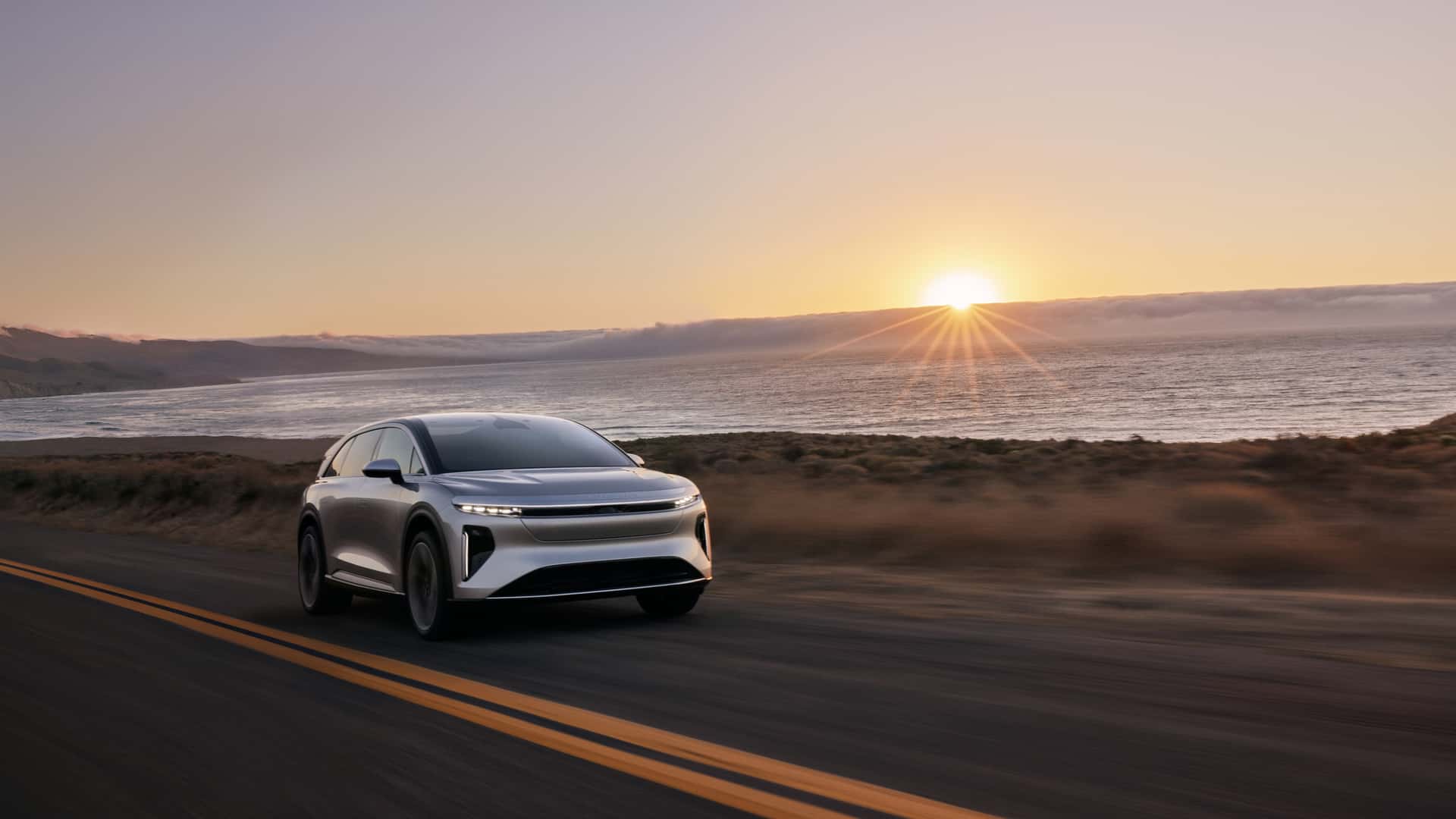
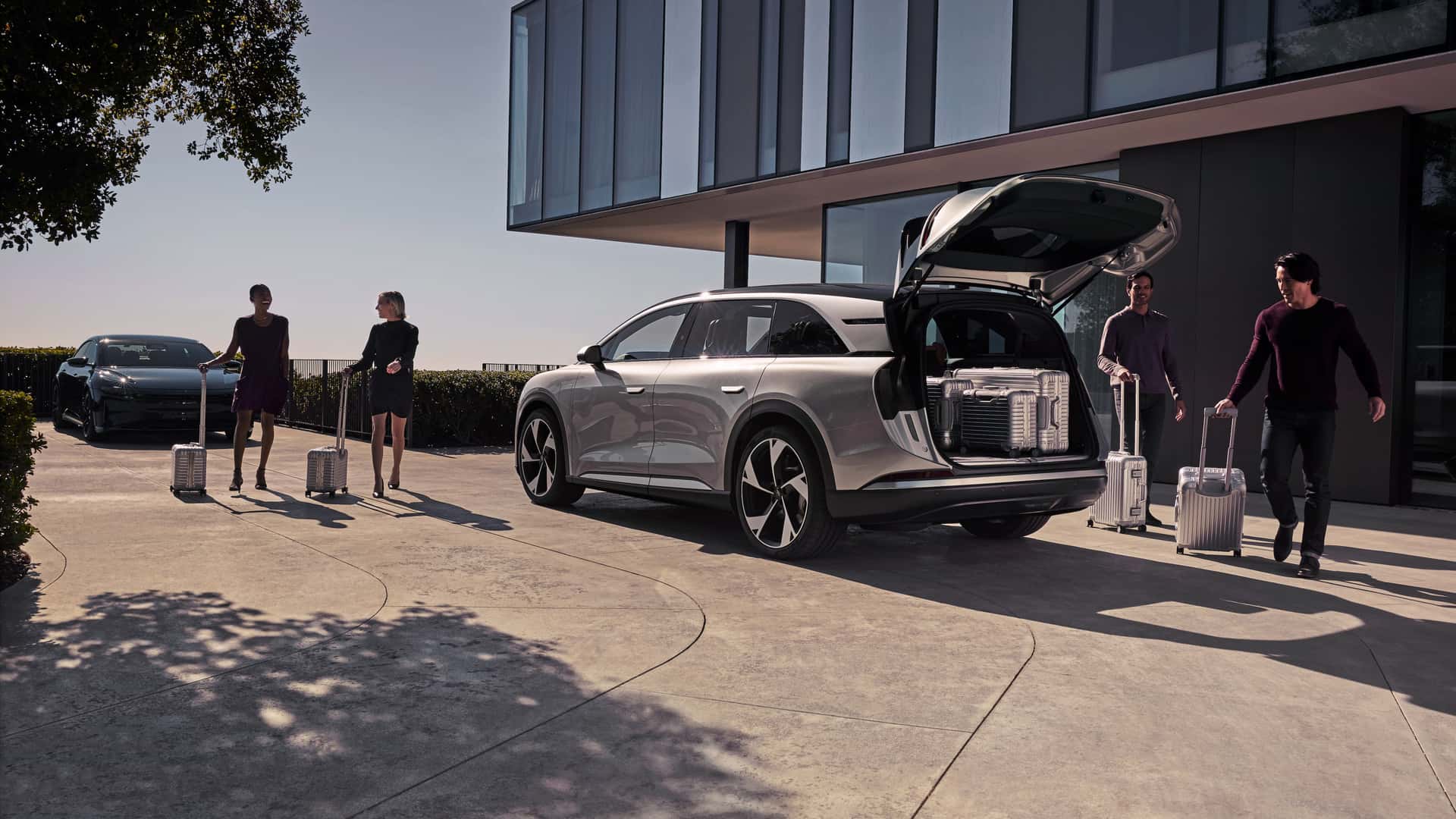

“Of course the yoke does achieve the clear viewability, but then the drivability suffers, and we weren’t going to give that up,” Jenkins said. “If I want to back up and not look at the wheel, you can’t do that with a yoke. It just doesn’t work.”
Indeed, Tesla owners and reviewers have long griped that a yoke doesn’t allow them to switch up their grip and that there’s a steep learning curve to doing anything besides going straight. One particular gripe is that Tesla’s yoke does not have a steering ratio that varies depending on speeds, making it difficult to operate in parking lots and garages. When making a three-point turn, for example, it’s much simpler to spin a wheel this way and that than a yoke. This ratio issue is something that automakers like Toyota are doing differently as they dip into new types of steering controls.

Meanwhile, Tesla’s yoke dreams may not be going well; the automaker introduced the yoke as standard equipment for two of its vehicles in 2021 but later made it a $1,000 option, perhaps relenting to the flood of complaints.
The Gravity’s squircular steerer also allows drivers to more comfortably reach the 34-inch display behind it, which is important because it’s a full touchscreen, said Eric Bach, Lucid’s Chief Engineer. New electric cars typically ditch analog gauges for sleeker, digital setups. But a touchscreen directly behind the steering wheel is highly unusual, and we don’t yet know what kinds of capabilities Lucid is cooking up.
The Lucid Gravity Almost Got Tesla’s Most Controversial Design Option
In the ever-evolving world of electric vehicles, innovation and creativity are key factors in setting companies apart from their competitors. One such company that has been at the forefront of this movement is Tesla, known for its sleek designs and cutting-edge technology. However, a recent revelation has shown that Tesla’s most controversial design option almost found its way into the Lucid Gravity, a new player in the electric vehicle market.
The Lucid Gravity, a luxury electric SUV produced by Lucid Motors, has been generating a lot of buzz in the automotive industry for its impressive performance and innovative features. However, it seems that the company’s design team was tempted to include a design option that has long been associated with Tesla – the controversial “fart mode”.
For those unfamiliar with the term, “fart mode” is a feature that allows Tesla owners to use their car’s speakers to simulate the sound of passing gas, much to the amusement (or annoyance) of passengers. While some have found this feature entertaining, others have criticized it as juvenile and unnecessary.
It is surprising then that the Lucid Gravity almost went down a similar route, with reports suggesting that the design team had considered incorporating a similar feature into their vehicle. This decision certainly raised eyebrows among industry experts, as Lucid Motors had been positioning itself as a more sophisticated and upscale alternative to Tesla.
Thankfully, it seems that cooler heads prevailed, and the idea of including “fart mode” in the Lucid Gravity was ultimately scrapped. This is a wise move on Lucid Motors’ part, as it reinforces the company’s commitment to producing high-quality, luxury electric vehicles that appeal to a discerning clientele.
While the Lucid Gravity may have come close to adopting Tesla’s most controversial design option, it ultimately stayed true to its own vision and brand identity. This episode serves as a reminder of the importance of staying true to one’s values and not succumbing to trends or gimmicks, no matter how tempting they may seem.
In conclusion, the Lucid Gravity almost falling victim to Tesla’s most controversial design option is a cautionary tale for all companies in the electric vehicle industry. By prioritizing quality and innovation over gimmicks, companies can establish themselves as leaders in the market and earn the trust and loyalty of customers.

